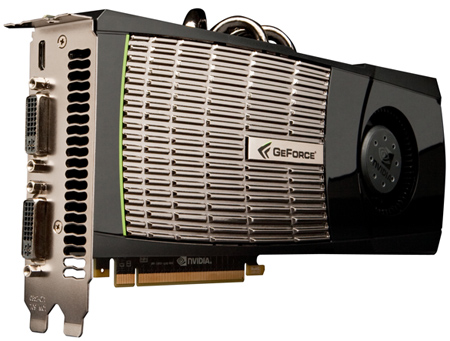Bugged GeForce Drivers Improve Image Quality
Conclusion:
When we spoke to NVIDIA about this unexpected supersampling capability the company indicated it would likely make the mode available to enthusiasts at some point, but that it would also fix the bug and offer standard transparency AA regardless. We're definitely in favor—supersampling is one of the best ways to eliminate the annoying texture shimmering that occurs in some games. The blurred visuals can also be offset by adjusting the game's LOD bias downwards in nHancer. Typically, turning up anisotrophic filtering is a better way to increase texture clarity, but a small LOD tweak could still improve the situation.

The nicest thing about this bug is that it makes supersampling available in DX11 (and most likely DX10). It's easy to see why ATI's supersampling only kicks in when playing DirectX 9 games—the performance hit is immense—but we still think end-users should have final say on whether or not supersampling is enabled on DX10/11 titles. True, there's no guarantee it would be universally effective—certain game engines are limited to certain types of AA—but that's a limitation gaming enthusiasts are already used to dealing with.
The one thing we'd like to see that isn't available today is a supersampling method other than ordered grid. It's the original way FSAA was handled—it's why 3dfx's VSA-100-based products were better at FSAA than their GeForce or Radeon competitors ten years ago—but it's not ideal. A rotated grid supersampling algorithm would be nice, even if it was only exposed to intrepid users willing to dig under NVIDIA's hood.






